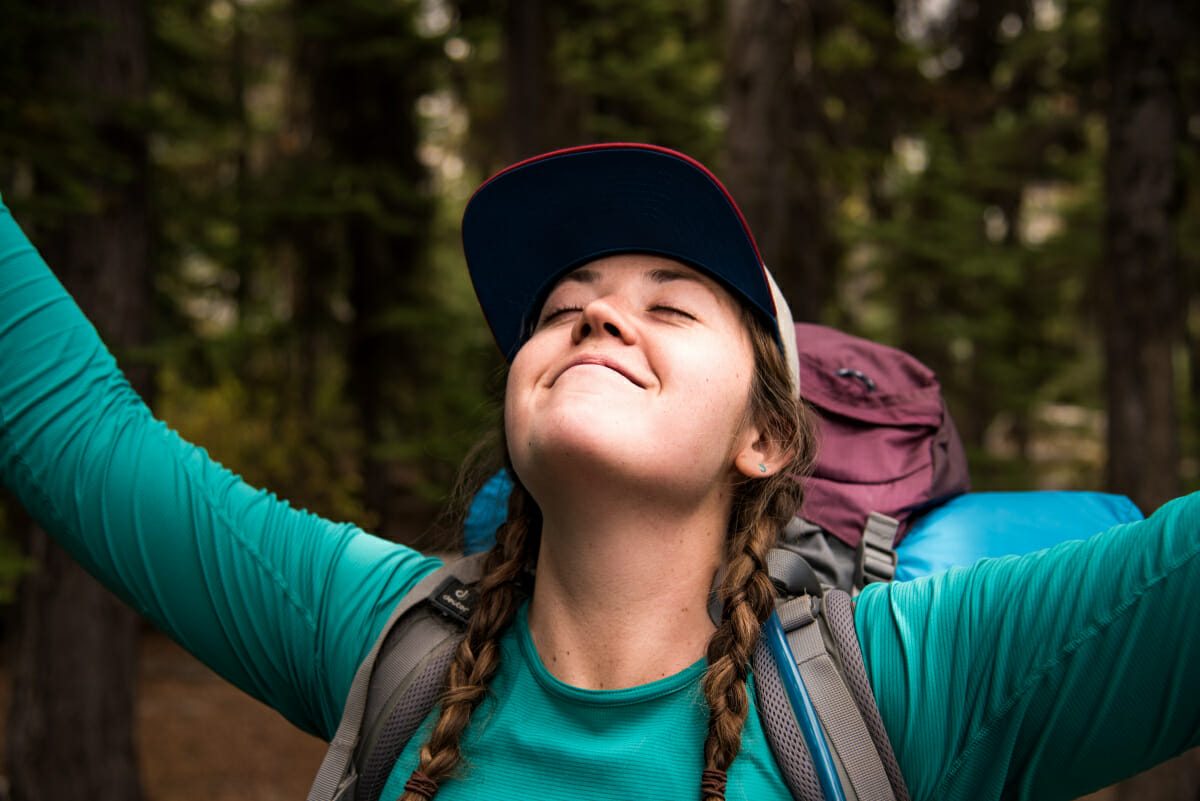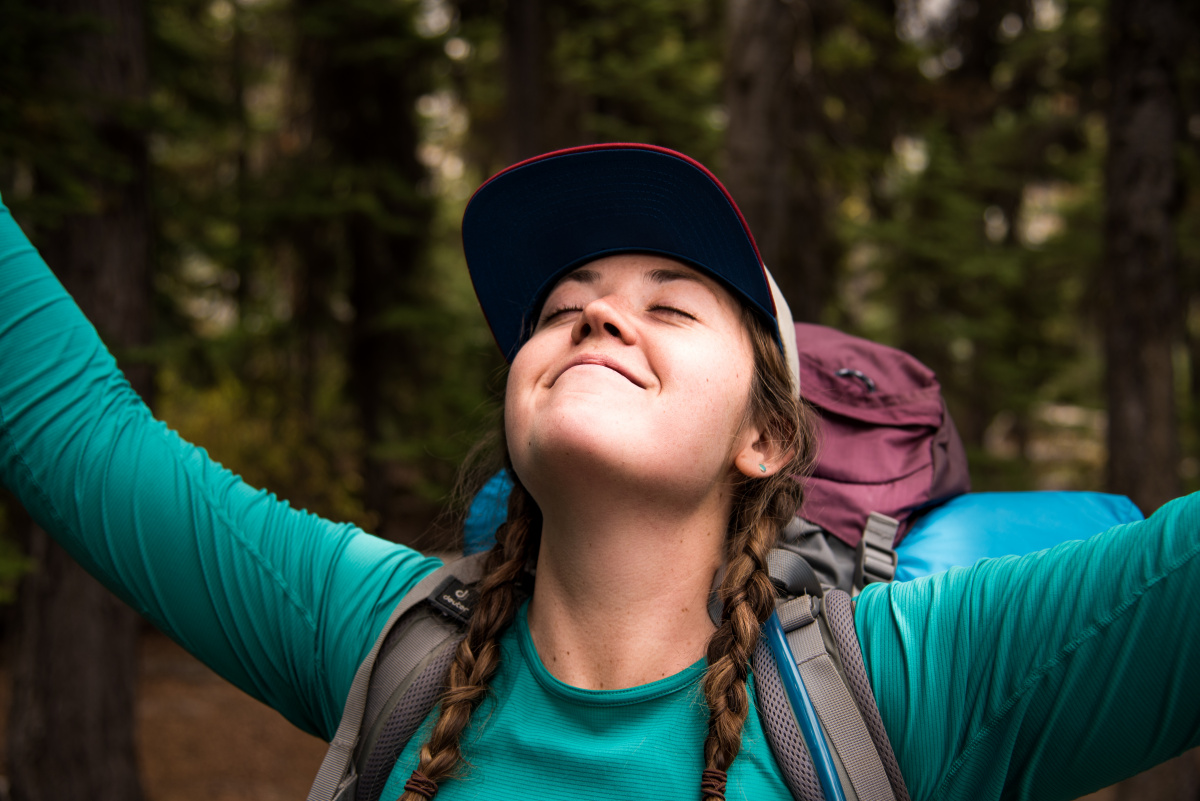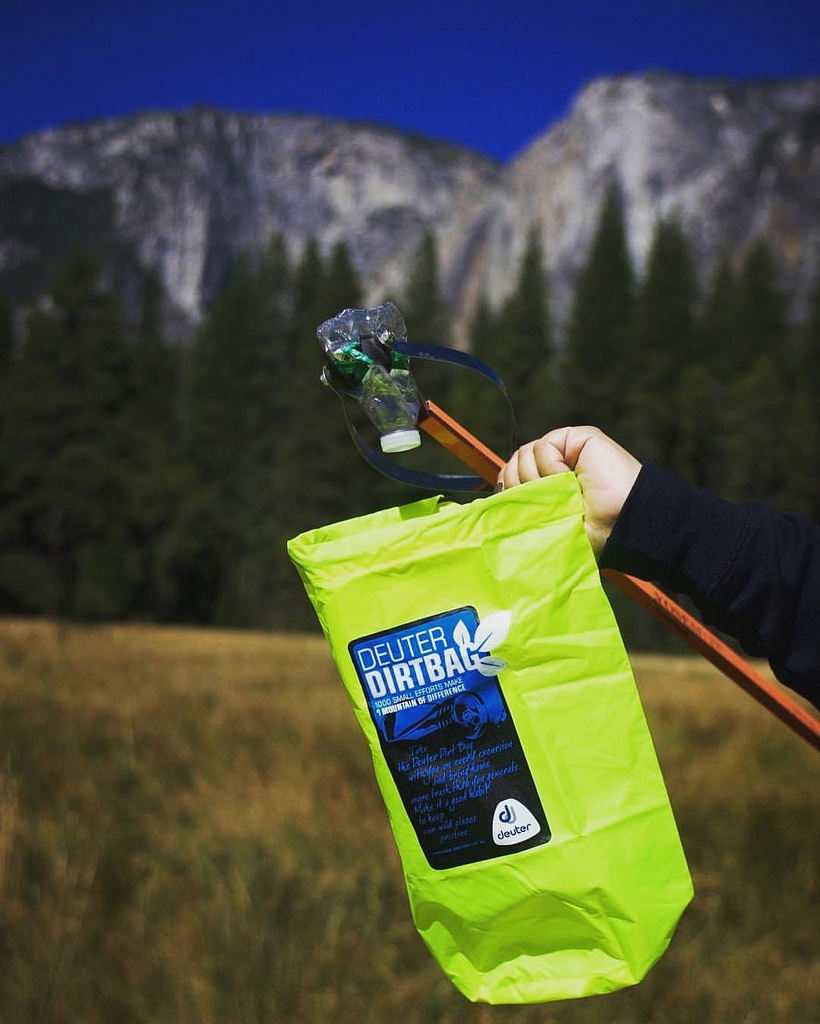News & Updates
Outdoor Optimism: How Your Positivity Helps the Leave No Trace Movement


South Lake Tahoe, CA: We’ve been on the road as Subaru/Leave No Trace Traveling Trainers for 625 days. In that time, we’ve traveled the Western United States, conducted hundreds of events, reached millions of people with the Leave No Trace mission, and visited countless areas that are heavily impacted by human use as part of our Hot Spot Programs. One might think that after spending so much time seeing trash, trail damage, human waste, and other impacts from place to place that we might start to feel down about the state of the world, or that we might start to be pretty frustrated with how people treat our public lands. The truth is however, that we’re actually quite optimistic about the state of our lands and the future of outdoor recreation, and we’d like to share our tips for remaining positive about the Leave No Trace movement.
Assume the Best
We approach most impacts with the mindset that they aren’t done maliciously or intentionally. If we take litter as an example, we usually assume that a lot of the trash we find on trails isn’t intentional. Of course, this doesn’t include those illegal dumps full of mattresses, car parts, etc., and we’re also not talking about city or highway litter here.
For the most part, it seems like trash that ends up at campsites or trails is there by accident. Even Aaron was a guilty offender on a recent backcountry ski tour. He held on to the corner of his energy chew wrapper and thought he had carefully placed it back into the safety of his pocket, when his partner behind him called him out for dropping the wrapper. Even a full-time Leave No Trace professional would have just accidentally littered were it not for his companion. We believe most people have had similar experiences even though they have the best intentions.
We’ve found that trying to give people the benefit of the doubt, rather than dwelling on how terrible the person must have been who left that trash, goes a long way toward keeping a positive mental attitude. No matter the cause or the intention behind the litter, the best thing we can do is to pick it up and continue enjoying our day. Research studies have found that people are less likely to litter when the area around them is free of litter, and that they are more likely to litter when the area around them is trashed.

Avoid Placing Blame for the Sake of the Leave No Trace Movement
No one pops out of the womb and into this world knowing how to practice Leave No Trace. Essentially, if no one has ever taught you how to poop in the woods, why would you be expected to know how to dig a cat hole? Many times we hear, “Leave No Trace is just common sense.” However, environmental education and opportunities for connection with nature are a privilege in this country. Our belief systems have been built through years of reinforcement and though it may be easy to assume others have had similar backgrounds, that’s simply not the case. We’ve met people who don’t know there are places where cell service doesn’t exist, folks who have never seen the Milky Way, and people who don’t know how to read a topo map and work a compass.
It is a disservice to the Leave No Trace movement to scoff at the perceived inadequacies of others, because judgment will only ever create larger divides. Leave No Trace needs an inclusive movement to build an outdoor community that is both aware of their impacts and takes action to minimize them in an effort to protect our public lands for generations to come.
Our job as educators, land managers, and citizens who care about the Leave No Trace movement is to recognize that Leave No Trace is a spectrum, from many impacts to few impacts. Guiding and inspiring others to few impacts involves compassion, understanding, and an openness to see people for where they’re at and not where we think they should be. We lose the opportunity to build a movement and succeed in protecting public lands collectively when we shame and blame others for “less than Leave No Trace” moments, rather than helping to educate them.
What You Can Do Right Now:
1)Refresh Your Leave No Trace Knowledge – New research on human impacts and outdoor recreation is emerging yearly. To best teach others about Leave No Trace we recommend brushing up on your own knowledge by taking our quick online awareness course, or finding a more in-depth course near you.
2)Learn the Authority of the Resource Technique (ART) and Get Comfortable Using It – The ART is an incredibly effective tool for educating others about Leave No Trace and inspiring long-term behavior change without being accusatory or dogmatic. Read more about the technique and how to use it, or consider purchasing our new ART reference card to keep with you out on the trails or give to your staff and volunteers.
3)Get Involved and See More Success Stories- In Jane Goodall’s Reason for Hope, she says, “There are, in fact, success stories everywhere. The trouble is, most of us don’t get involved. Most of us don’t realize the difference we could make.” We are constantly given the opportunity to see these success stories around the country during our workshops or booth outreach. You’ll see more of these successes the more you put boots on the ground and involve yourself in the issues you care about. Contact your State Advocate and see how you can become involved in training or volunteer opportunities.
4)Help us Build the Movement by Becoming a Partner or Member- With a small office staff, there is no way we could build this nation-wide movement without our Community and Corporate Partners. There are companies who print our Seven Principles or provide educational content on their products. There are Community Partners who dedicate a space in their signage, programs, and messaging promoting Leave No Trace education. How can your organization help spread the word? Become a partner or join as an individual member and help support the Leave No Trace movement.

Enjoy Your World. Leave No Trace.
Leave No Trace's Donielle Stevens and Aaron Hussmann are part of the 2018 Subaru/Leave No Trace Traveling Trainer Program that provides free, mobile education to communities across the country. Proud partners of this program include Subaru of America, REI, Eagles Nest Outfitters, Deuter, Thule, and Klean Kanteen.
Let’s protect and enjoy our natural world together
Get the latest in Leave No Trace eNews in your inbox so you can stay informed and involved.
